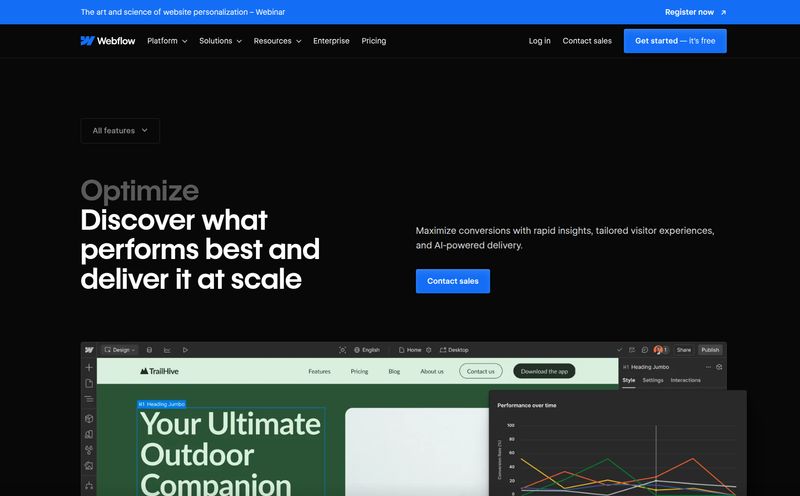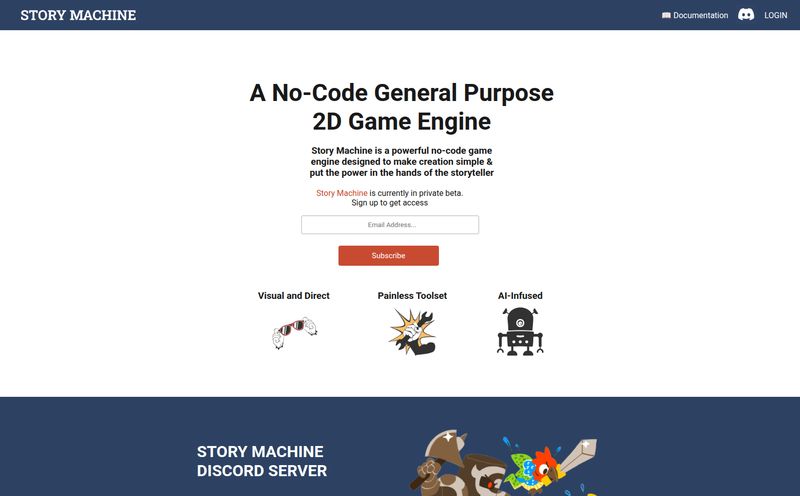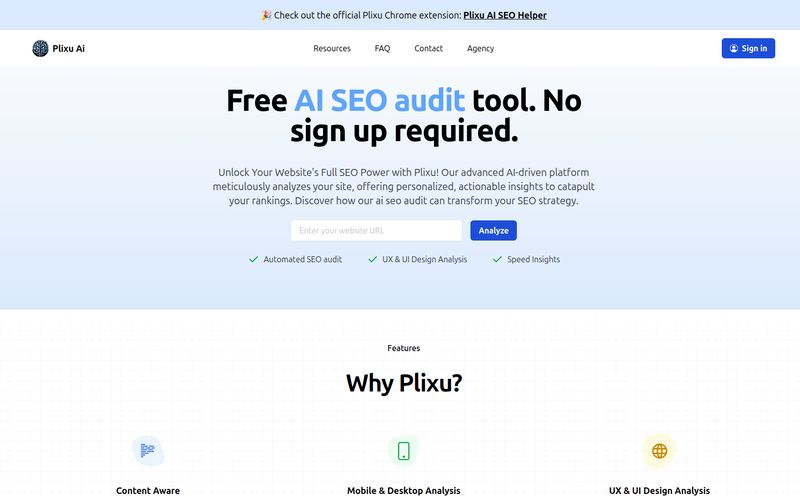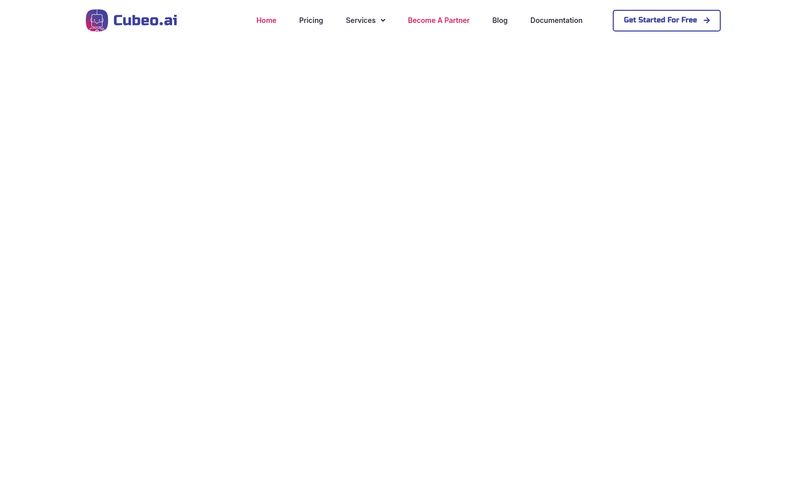We all love Tailwind CSS. Adam Wathan and his team gave us a utility-first framework that feels less like a restrictive prison (looking at you, old-school Bootstrap) and more like a set of super-powered LEGOs. But even with the best LEGOs, building a whole castle from scratch can be a... grind. You find yourself typing flex items-center justify-between in your sleep. The initial scaffolding, the layout prototyping—it’s time-consuming stuff that gets in the way of the real work.
For years, I've been on the hunt for something to bridge that gap. A tool that understands the logic of Tailwind but gives me the speed of a visual editor, without spitting out code that looks like a bowl of spaghetti. I've tried a few, and most of them have been... disappointing. They either hide the Tailwind classes, making customization a nightmare, or they produce such messy code that you're better off starting from scratch anyway.
Then I stumbled upon Windframe. The promise was big: a Tailwind CSS builder with an AI visual editor. My initial reaction? Skepticism, with a heavy dose of curiosity. Another AI-powered do-hickey? But I gave it a shot. And folks, I think this might be the one.
So, What Exactly is Windframe?
Imagine you have a senior front-end dev sitting next to you. You can describe a layout, show them a sketch on a napkin, or just point to a component you like, and they can instantly build it for you in perfect, clean Tailwind CSS. That's kinda what Windframe feels like. It’s a visual editor built specifically for Tailwind, but it’s not trying to hide the code from you. It embraces it.
At its heart, it’s a platform where you can visually build UIs using a massive library of pre-built components or, and this is the cool part, get AI to generate designs for you. Then you can tweak everything with a drag-and-drop interface, and when you're done, export production-ready code for HTML, React, or Vue. It's not a 'no-code' tool in the traditional sense; it's more of a 'less-code' or 'faster-code' tool for people who already speak Tailwind.
Unboxing the Experience: My First Spin with the Visual Editor
Getting started was pretty straightforward. The interface is dark, sleek, and feels very much like a modern dev tool. It doesn't overwhelm you with a million buttons. The main workflow revolves around 'Blocks' and 'Pages'. You can start with a blank canvas or pull from their library of over 1000 pre-built blocks. We’re talking heroes, navbars, feature sections, testimonials... the works.
The real magic happens when you click on an element. Instead of a clunky settings panel completely detached from CSS, you get direct access to the Tailwind utility classes. Want to change the padding? You’re not dragging a slider; you’re changing p-4 to p-8 right there in a contextual menu. This is the part other builders get wrong. Windframe understands that its users want that granular control. They just don't want to type it all out a hundred times.
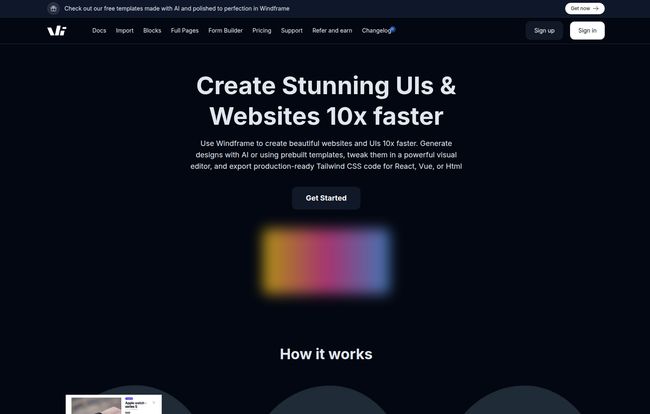
Visit Windframe
Is there a learning curve? Yeah, a little. If you don't know Tailwind, you'll be lost. But that's the point. This tool isn't for beginners to web development; it's for people who know the rules of Tailwind and just want to play the game faster. It’s a tool that respects your expertise.
The AI in the Room: Let's Talk About Windframe's Brains
Okay, the AI. This is where things get interesting, and potentially a little hyped. Windframe has a couple of AI tricks up its sleeve. You can give it a text prompt like "a hero section for a SaaS product that sells dog walking services" and it will generate a few options for you. The results can be... variable. Sometimes it's surprisingly good, giving you a solid 80% solution that you can then polish. Other times, it’s a bit generic. As with all AI, the quality of your prompt matters. A lot.
The feature that really caught my eye, though, is the AI Image to Code tool. You can upload a screenshot of a website or a design mockup, and Windframe will attempt to replicate it in Tailwind CSS. I threw a few designs at it, from simple landing pages to more complex dashboards. It’s not perfect—don't expect a pixel-perfect copy every time. But as a starting point? It's phenomenal. It can save you hours of initial structuring and layout work. It’s less of a one-click solution and more of a powerful accelerator.
From Playground to Production: The All-Important Code Export
This is the moment of truth for any tool like this. What does the code look like? I've been burned before by builders that export a nested mess of divs that are impossible to maintain. I held my breath, exported a page I built to React, and opened the files.
And I breathed a sigh of relief. The code was... clean. It was readable. It was structured logically, with components broken down in a way that made sense. It looked like code a human would write. Maybe a slightly more verbose human, but a human nonetheless. The class names were all standard Tailwind, no weird proprietary junk. You could hand this code off to another developer, and they wouldn't curse your name. For me, this is Windframe’s killer feature. The trust that what you're building visually will translate into maintainable code is everything.
Breaking Down the Windframe Pricing
Alright, let's talk turkey. How much does this magic cost? The pricing is actually pretty reasonable, especially for freelancers and small teams. They have a few tiers, but it mostly boils down to how you want to pay and how many AI credits you need.
| Plan | Price | Key Features / AI Credits |
|---|---|---|
| Freelancer Monthly | $25 / month | All core features, 120 AI Requests/month |
| Freelancer Quarterly | $50 / 3 months | All core features, 300 AI Requests/quarter |
| Freelancer Annually | $189 / year | All core features, 1200 AI Requests/year |
| Lifetime Freelancer | $299 / one-time | Limited offer, 1500 AI requests (total), includes all future updates. |
Honestly, the value here is pretty clear. The monthly plan is great for trying it out on a project. But that Lifetime Deal (LTD)... that's tempting. For the price of about a year's subscription, you get it forever. The images on their site suggest these are limited, so if you're serious about your Tailwind workflow, it's something to jump on. I'm always a sucker for a good LTD.
The Other Side of the Coin: Where Windframe Could Improve
No tool is perfect, and it would be dishonest to say Windframe doesn't have its quirks. It’s not a magic wand. As mentioned, the AI needs some guidance and experimentation to get top-tier results. You can’t just throw a blurry photo at it and expect a perfect webpage.
Also, and this is more of a clarification than a con, you need to know Tailwind CSS. If you don't know the difference between flex-col and grid-cols-3, you're going to have a bad time. This tool doesn't teach you Tailwind; it makes you faster at using it. Some might see this as a downside, but I see it as a tool that knows its audience.
My Final Take: Is Windframe Worth It?
So, after spending some quality time with it, do I think Windframe is worth the investment? Absolutely, yes—with a small asterisk.
This tool is a godsend for:
- Freelance developers who need to build and iterate on projects quickly.
- Small agencies that want to streamline their UI development process.
- Front-end developers who are fluent in Tailwind and want to eliminate the boring, repetitive parts of their job.
- Anyone who wants to quickly prototype ideas in a real-world environment, not just a design tool like Figma.
Who should probably pass?
- Complete beginners to web development or CSS. Learn the fundamentals first.
- Developers who are married to other frameworks like Bootstrap or Foundation.
- People looking for a Wix or Squarespace-like experience where they never have to see a line of code.
For me, Windframe hits that sweet spot. It accelerates my workflow without taking away control. It generates code I'm not ashamed of. It’s a finely-tuned robotic arm for the Tailwind craftsman, not a clumsy, all-purpose sledgehammer. And in the ever-chaotic world of front-end development, finding a tool that just gets it is a rare and wonderful thing.
Frequently Asked Questions
Can I use Windframe if I don't know Tailwind CSS?
You can, but you'll be missing out on its core power. The visual editor is built around Tailwind's utility classes. To get the most out of it, you should have at least a basic understanding of how Tailwind works. It’s designed to make Tailwind experts faster, not to replace the need to learn Tailwind.
Is the exported code really clean and production-ready?
In my experience, yes. This is one of its biggest strengths. The code is well-structured, uses standard Tailwind classes, and is easy to read and maintain. It's not the obfuscated mess you get from some other web builders.
What's the main difference between the subscription and the lifetime plan?
The main differences are the payment structure and the allocation of AI credits. Subscriptions give you a monthly or yearly allotment of credits. The Lifetime Deal (LTD) is a one-time payment that gives you a large bank of AI credits upfront and includes all future updates to the platform, which can be massive value in the long run.
Can I import an existing Tailwind project into Windframe?
Yes! This is another fantastic feature. You can import existing Tailwind CSS websites, templates, or components and start editing them visually. This is great for refactoring old projects or using templates you've found elsewhere.
Does Windframe only work with Tailwind CSS?
Yes, it's a dedicated tool for the Tailwind CSS ecosystem. It does not support other frameworks like Bootstrap or Bulma. Its entire engine and component library are built with Tailwind in mind.
Conclusion
In a world overflowing with new dev tools every week, it's easy to get cynical. But every now and then, something comes along that genuinely solves a problem you face every single day. Windframe feels like one of those tools. It's a pragmatic, powerful, and well-designed platform that understands its target user perfectly. It won't build the entire website for you, but it will clear away all the tedious underbrush, letting you focus on building something great, faster than ever before. And for any developer who values their time, that's a proposition that's pretty hard to ignore.
